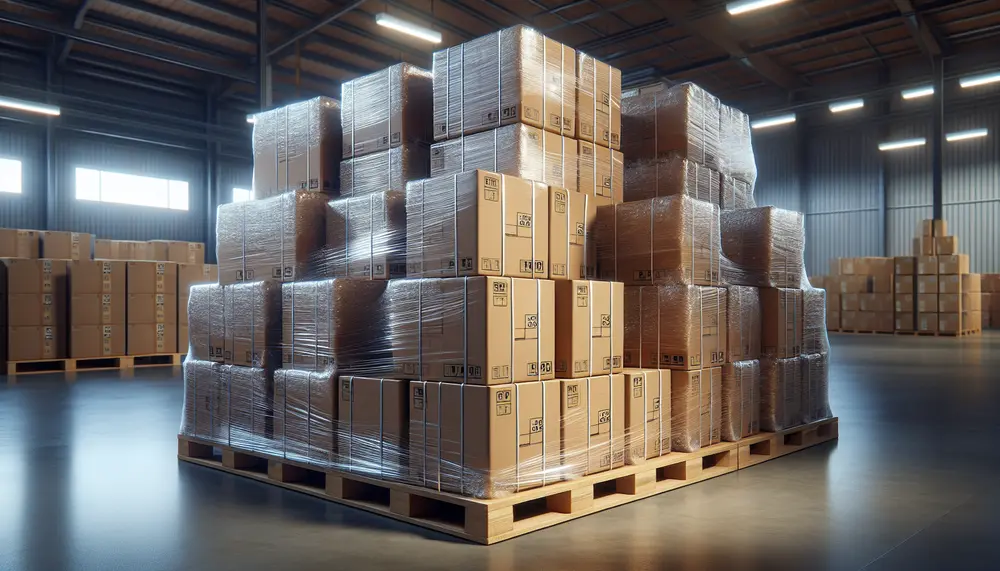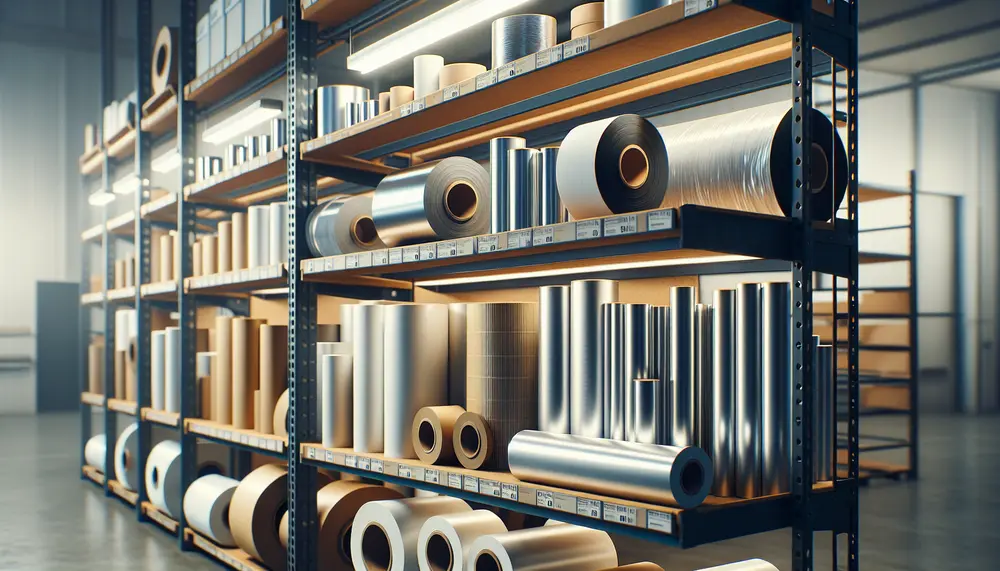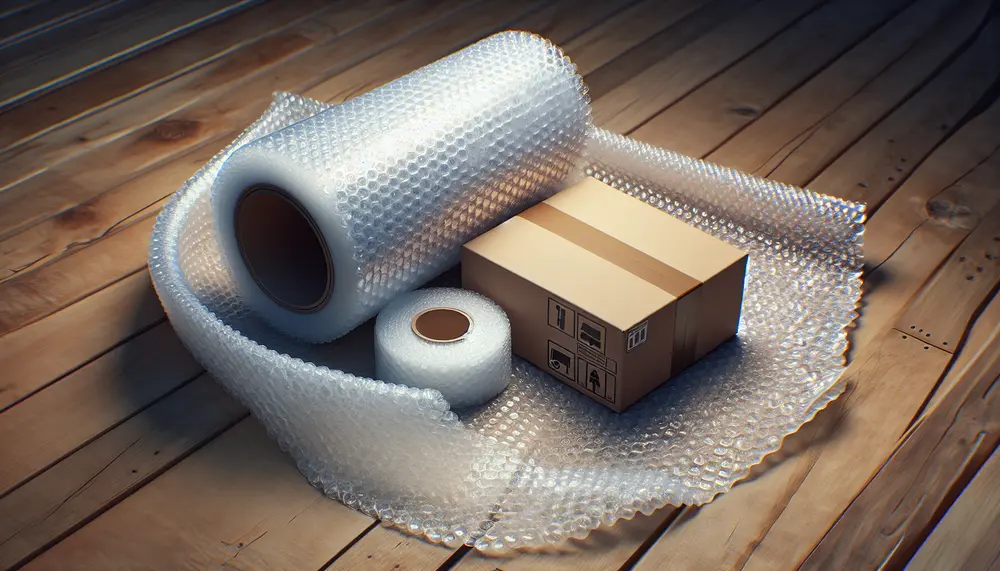Wrapping process
Wrapping process
Wrapping Process
The wrapping process is a key step in packaging. It involves covering a product with a material to protect it. This process helps keep the product safe during transport and storage.
Why the Wrapping Process is Important
The wrapping process ensures that products arrive in good condition. It protects against dust, moisture, and damage. Proper wrapping can also extend the shelf life of a product.
Types of Wrapping Materials
There are many materials used in the wrapping process. Common options include plastic, paper, and foil. Each material has its own benefits and is chosen based on the product's needs.
Steps in the Wrapping Process
The wrapping process usually follows these steps:
1. Select the appropriate wrapping material.
2. Measure and cut the material to fit the product.
3. Wrap the product securely.
4. Seal the wrapping to ensure it stays in place.
Benefits of a Good Wrapping Process
A well-executed wrapping process offers many benefits. It can enhance the product's appearance and make it more appealing to customers. It also adds an extra layer of security, reducing the risk of tampering.
Conclusion
The wrapping process is essential in packaging. It protects products and ensures they reach customers in perfect condition. By understanding and implementing a good wrapping process, businesses can improve their product's safety and appeal.
Blog Posts with the term: Wrapping process

Stretch film is a highly elastic plastic material used to wrap and secure items, particularly on pallets, for transport or storage. It provides stability, protection from damage and moisture, comes in various types for different applications, but poses environmental concerns...

Packaging film rolls are versatile plastic sheets used for securing and protecting products during transit and storage, with varying sizes and stretchability. They offer advantages like cost savings, protection from damage, adaptability to different product shapes, reduced environmental impact through...

